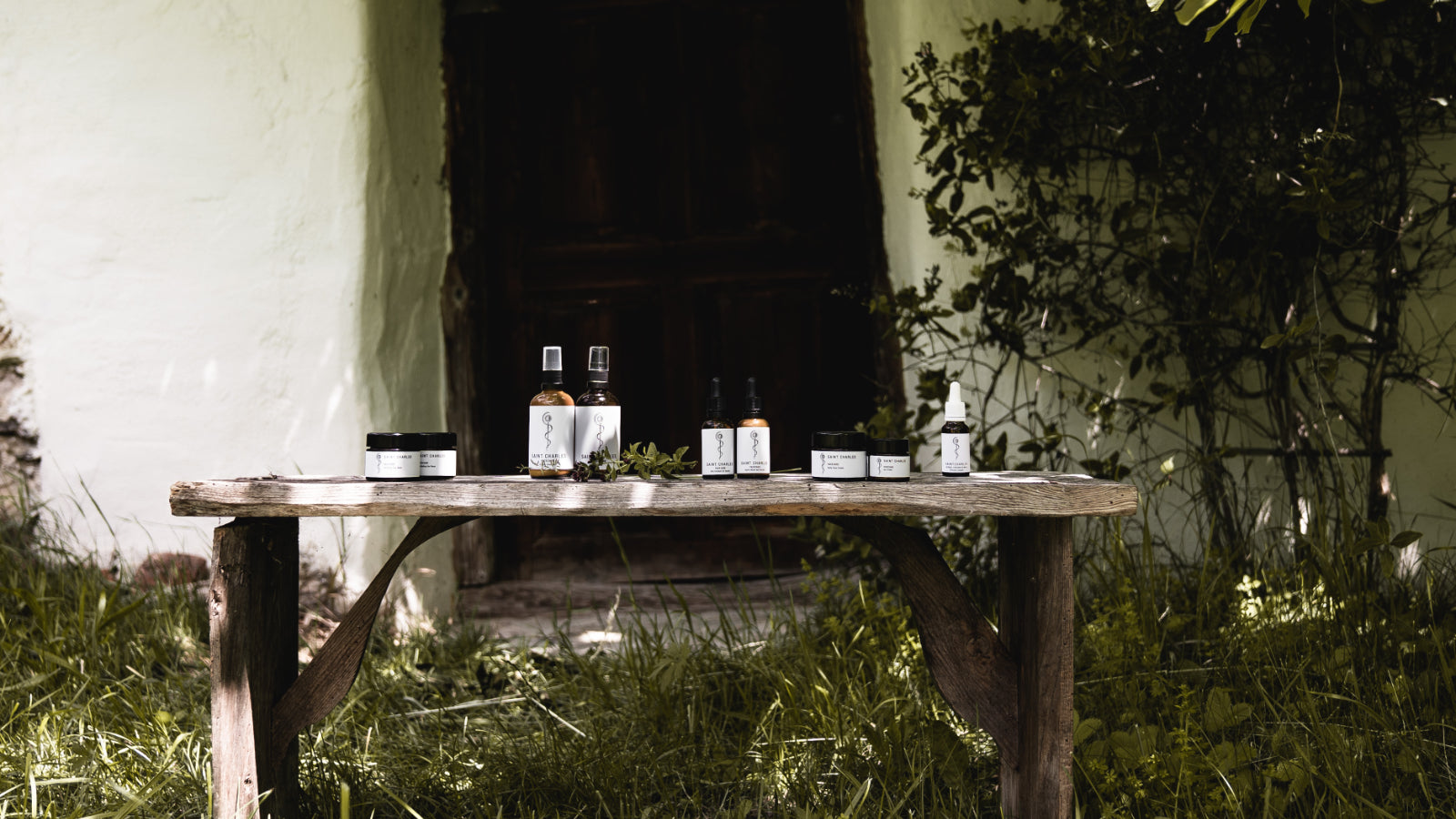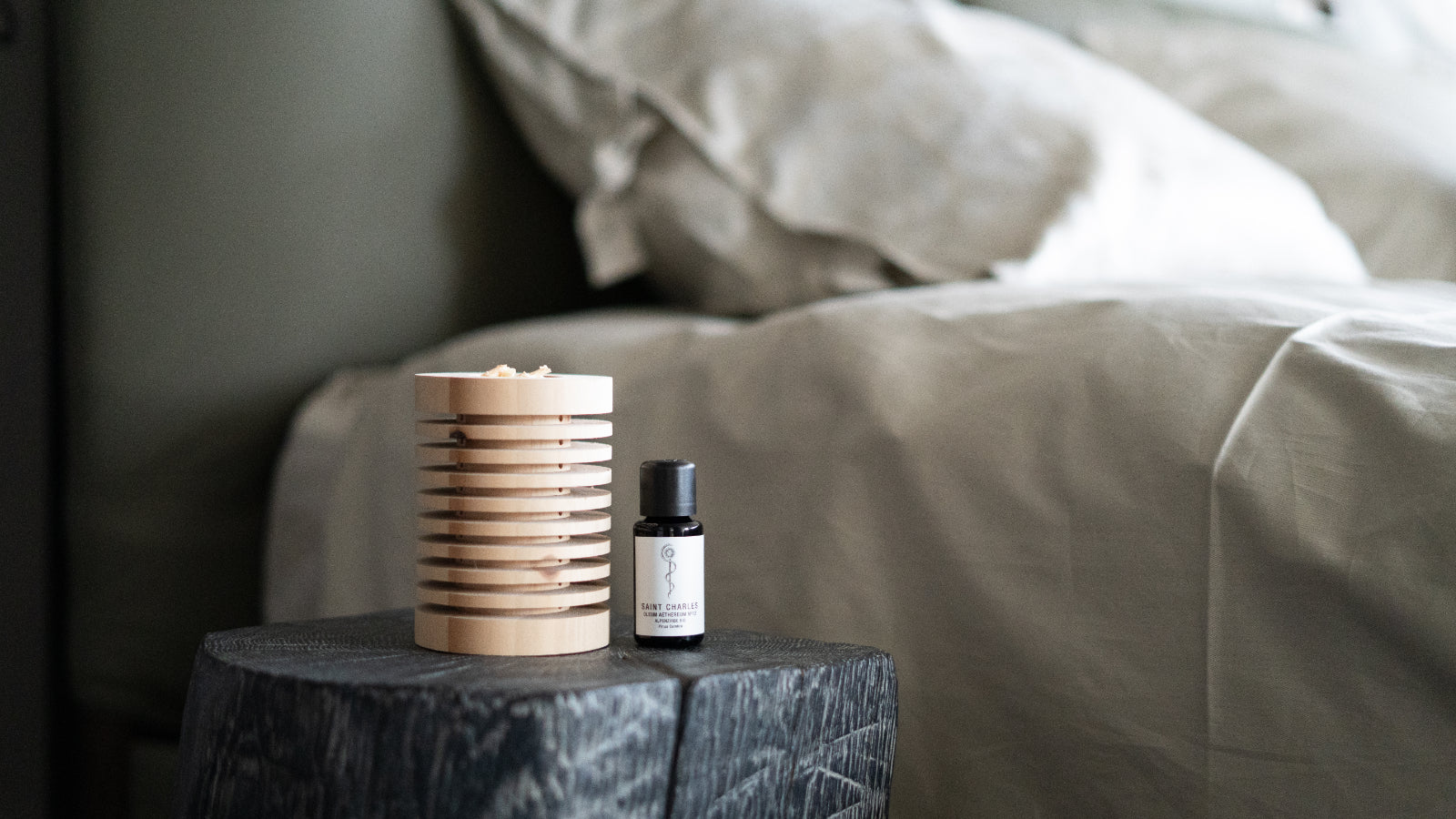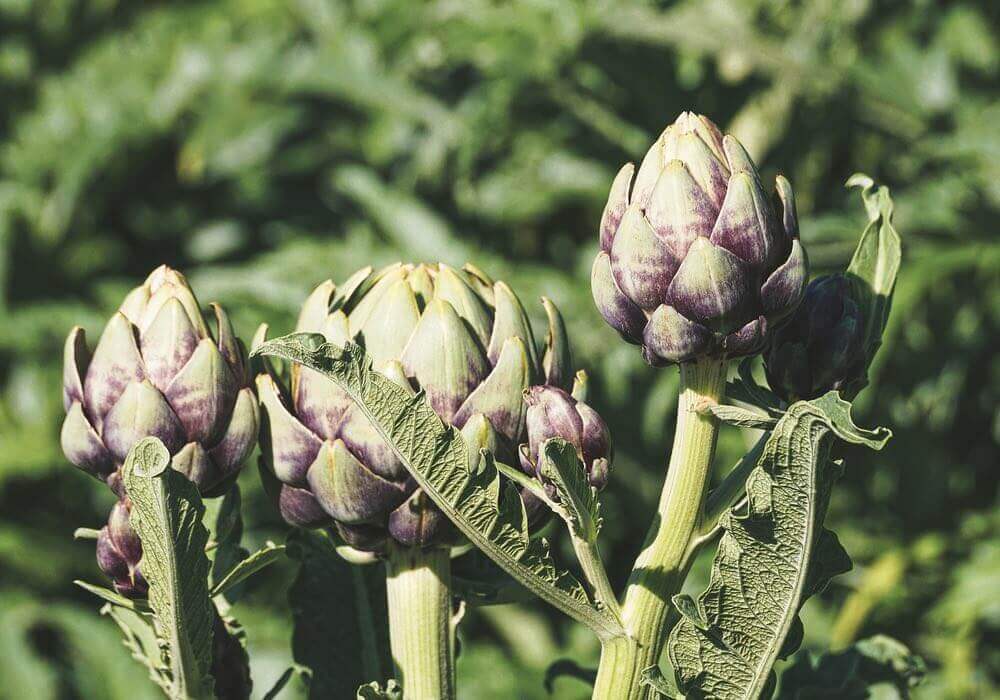"What is bitter in the mouth makes the stomach healthy."
A bitter (taste) experience can certainly set healing changes in motion. Because bitter substances promote the entire digestive process and in this way also influence all other bodily functions. Only when the digestion functions optimally can the rest also function. Because only with a healthy digestion can nutrients and vital substances be perfectly absorbed and every single cell optimally supplied.
Bitter substances promote the entire digestive process
Bitters regulate digestion in many ways. They unfold their effect immediately the moment they come into contact with our tongue. Their bitter taste stimulates the stomach, liver, gall bladder and pancreas, which then begin to secrete digestive juices and digestive enzymes. Once the gastric and digestive juices are flowing, the good nutrients we take in with food are absorbed and the bad ones are transported back out of the body. The easiest way to encourage this process is to include bitter foods in your diet. Chicory, artichoke, ginger or centaury are plants with a high bitter substance content. These bitter substances are important secondary plant substances that ensure rapid onset of digestion and thus a faster feeling of satiety.
Fats or carbohydrate-containing foods can be processed more thoroughly and more quickly with the additional intake of bitter substances. Fact: Bitter substances tone the entire gastrointestinal tract, have a stimulating and strengthening effect on the entire organism and thus help with a variety of digestive disorders. These include loss of appetite, belching, flatulence, weakness of the digestive glands, tendency to cramp and slackening of the digestive organs, liver dysfunction, disorders of gallbladder and pancreas function, under-acidification of the stomach, constipation, bloating and excessive wind.
Bitter substances are disappearing in the modern diet
Unfortunately, plants high in bitter compounds are becoming less and less available. In the past - until the 20th century - people consumed large daily portions of salads, vegetables and wild plants containing bitter substances. However, the modern food industry has bred many original lettuce or vegetable varieties, such as endive, radicchio or chicory, which were once bitter, to be milder. With the result that the natural bitter substances have largely vanished from our everyday lives today. In addition, very few of us are still used to eating bitter foods, as our sense of taste has been influenced over time by the "attractants" of the food industry. Only in Mediterranean cuisine have healthy natural substances been able to survive to some extent, thanks to artichokes, olive oil and bitter kitchen herbs.
Tackling the root of the problem
Presumably, the now almost complete absence of bitter substances in our modern diet contributes to many now widespread health complaints. An only moderately functioning digestive system automatically leads to a variety of health problems. The difficulties usually start with an upset stomach, heartburn or flatulence. It is worth knowing that bitter substances can replace acid blockers and the like, because they attack the root of the problem. Since they stimulate the body to produce more of its own digestive juices, they help to ensure healthy and complete digestion. The intake of bitter substances can develop their full effect especially in combination with a healthy, alkaline diet.
But how can we integrate bitter substances into our diet?
"Whoever has a little garden should plant a sage stick, a wormwood stick and a gentian stick in it"
was the advice given by the healer and priest Kneipp.
It is no coincidence that Sebastian Kneipp recommended these three medicinal plants: they contain numerous bitter substances, with gentian and wormwood even being among the most bitter plants in the world. Bitter substances are preferably contained in wild plants and herbs, but also in the skin of some fruits and vegetables. The native yellow gentian is considered one of the strongest bitter plants of all. Horehound, centaury, bitter clover, cinchona bark and African devil's claw are also among the foods containing bitter substances. Benedicte herb, angelica, calamus root, dandelion, yarrow, mugwort, wormwood herb and bitter orange peel contain not only bitter substances but also essential oils. These extend the spectrum of action of the bitter substances, e.g. through an antispasmodic, anti-inflammatory or antimicrobial effect. The bitter remedies derived from them have been used in traditional European medicine for centuries.
Bitter substances in herbal bitters from the pharmacy
A good quality herbal bitter usually contains different types of herbs containing bitter substances and thus helps us to boost our digestion in a simple way. For example, an original Swedish bitters contains a highly effective combination of gentian root, calamus root, citrus root, angelica root, violet root, marshmallow root, attich root, wormwood, ginger root, orange peel bitters, centaury and elecampane root. And thus tastes not only wonderfully bitter, but also deliciously aromatic.
The effect of traditional herbal bitters is particularly effective because they already start to work in the mouth and retrain the taste buds there. The bitter substances develop their full potential if they are taken before meals - at least once a day, but better before each meal, thus ensuring regular digestion. Bitter medicines are usually well tolerated and can be taken over a longer period of time.







